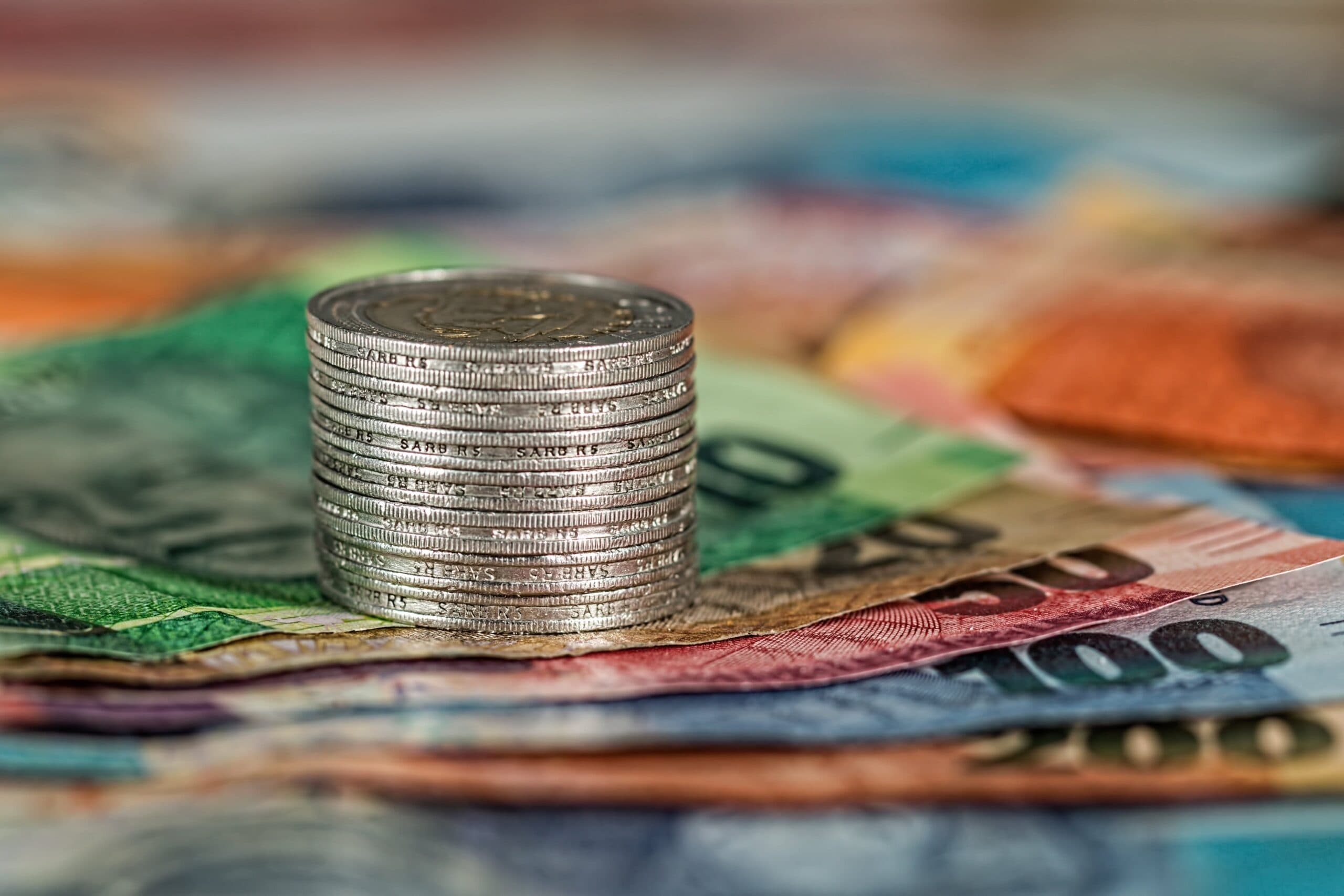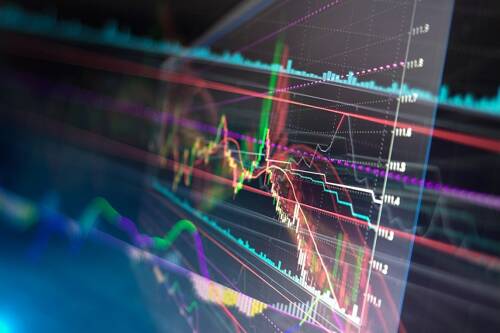Guide to Precious Metals Trading
Jennifer Olson
December 05, 2023
Precious metals have been coveted for their rarity and beauty for millennia, and for many investors today, they represent a valuable part of a diversified investment portfolio. Trading in precious metals can provide a hedge against inflation, a safe haven in times of economic uncertainty, and potential for significant returns. However, like all forms of trading, it comes with its own set of risks and considerations. This guide will walk you through the key elements of precious metals trading to help you make informed decisions.
Understanding Precious Metals
Before diving into trading, it’s essential to understand what precious metals are and why they’re valuable. Precious metals are naturally occurring metallic chemical elements that are relatively rare and have high economic value. The most commonly traded precious metals are gold, silver, platinum, and palladium.
Gold
Gold is the most popular precious metal for investment purposes. Its value is derived from its scarcity, resistance to corrosion, and the diverse ways it can be used, from jewelry to electronic components.
Silver
Silver, while less valuable per ounce than gold, is prized for both its investment potential and its industrial applications, particularly in areas such as solar panels, electronics, and medical devices.
Platinum and Palladium
Platinum and palladium are used extensively in the automotive industry for manufacturing catalytic converters. They also have applications in electronics, dentistry, and jewelry.
Trading Vehicles for Precious Metals
Trading vehicles for precious metals involves the exchange of various types of assets, such as stocks, bonds, or commodities, for metals like gold, silver, platinum, or palladium. This investment strategy attracts individuals and institutions looking to diversify their portfolios, hedge against inflation, and take advantage of the intrinsic value that precious metals offer.
ETFs
One common trading vehicle for precious metals is through Exchange-Traded Funds (ETFs). Gold ETFs and Silver ETFs, for example, track the price of the metal and trade on stock exchanges like individual stocks. They offer liquidity and ease of trading without the need to physically hold the metals. Investors can buy and sell shares of ETFs throughout the trading day at market price.
Futures Contracts
Another approach is the use of futures contracts. Futures are standardized contracts to buy or sell a specific quantity of a commodity at a predetermined price at a future date. Trading futures allows investors to speculate on the future price of precious metals. However, futures are complex financial instruments that involve leverage, which can amplify both gains and losses.
Options on Futures
Options on futures are another vehicle that provides traders with the right, but not the obligation, to buy or sell a futures contract at a specific price before a certain date. They can be used for hedging or speculative purposes, offering different strategies like calls, puts, and spreads to manage risk and exposure to precious metals prices.
Mining Companies Stocks
Stocks of mining companies represent another indirect method of investing in precious metals. By purchasing shares of companies that explore for, extract, or process precious metals, investors can gain exposure to metal prices. The performance of these stocks is influenced not just by precious metal prices, but also by factors such as the company’s operational efficiency, reserves, production costs, and management expertise. You can also opt for Mutual Funds. They invest in Gold or Precious Metals Mutual Funds.
Certificates and Accounts
Certificates and accounts are relatively straightforward vehicles for trading precious metals. They represent ownership of a specific amount of metal without the need for physical storage. Metal accounts with banks or other financial institutions allow traders to buy and sell metal on account, with the institution handling the physical aspects.
Physical Ownership
Physical ownership remains a traditional way to trade precious metals. Individuals may purchase coins, bars, and bullion directly from dealers or mints. While this method provides tangible assets and no counterparty risk, it also involves storage costs, insurance, and potential liquidity issues when it comes time to sell.
Digital Platforms
In recent years, digital platforms have emerged that enable trading in tokenized precious metals. These platforms use blockchain technology to represent ownership of a fraction of a physical bar or coin. This method combines the tangibility of physical metal with the convenience and divisibility of digital assets.
Each trading vehicle carries its own set of advantages, risks, and considerations. ETFs provide ease and liquidity but may come with management fees. Futures and options offer leverage but carry higher risks and require more expertise. Mining stocks tap into industry growth but are susceptible to broader market trends. Physical ownership offers security but can be less liquid and incur additional costs.
Investors interested in trading vehicles for precious metals should consider their investment goals, risk tolerance, and the specific characteristics of each vehicle. Consulting with financial advisors or conducting thorough research is crucial before participating in these markets to ensure an informed investment decision.
Market Analysis of Precious Metals Trading
Market analysis of precious metals trading encompasses a comprehensive evaluation of various factors that influence the buying, selling, and pricing of valuable metals such as gold, silver, platinum, and palladium. These metals are sought after for their economic value, industrial applications, and investment appeal.
Demand and Supply Dynamics: The fundamental drivers of the precious metals market are demand and supply. Gold and silver have widespread use in jewelry and are also considered safe-haven assets during economic uncertainties. Industrial demand, particularly for platinum and palladium, is largely driven by the automotive industry for use in catalytic converters. Additionally, technological advancements create new uses for these metals, affecting their market dynamics.
Economic Indicators: Interest rates, inflation rates, and currency values significantly impact precious metals prices. Gold, for instance, is often inversely correlated with the US dollar; a weaker dollar typically makes gold more affordable for holders of other currencies, potentially increasing demand.
Investment Flows: Investment demand through exchange-traded funds (ETFs), futures contracts, and physical bars and coins can cause substantial price movements. Investors often flock to precious metals as a hedge against stock market volatility and geopolitical uncertainty.
Geopolitical Events: Political stability in countries that are major producers of precious metals can influence market supply. Mining strikes, national policies, or sanctions can disrupt production and cause price fluctuations.
Mining Costs and Regulations: The costs of mining and environmental regulations affect the supply side. As ore grades decline or regulations become stricter, production costs can rise, leading to decreased supply and higher prices. Understanding the Precious Metals Refinery process and locations will also help you make right decisions while trading.
Technological Innovation: Technological improvements in mining and processing can reduce costs or open up new supplies. Conversely, innovations leading to alternative materials can reduce demand for certain precious metals.
The market analysis of precious metals trading requires a multidimensional approach that considers global economic conditions, investment trends, supply constraints, and technological developments to understand price movements and anticipate future market behavior.
Strategies for Trading Precious Metals
Here are some strategies traders use when dealing with precious metals:
Buy and Hold
This long-term investment strategy involves purchasing physical metal, ETFs, or stocks and holding them with the expectation that their value will increase over time.
Technical Analysis
Traders use charts and other tools to analyze market trends and make decisions based on patterns and indicators.
Fundamental Analysis
This strategy involves examining economic indicators, supply-demand factors, and geopolitical events to predict price movements.
Diversification
Investors often include precious metals as a part of a diversified portfolio to reduce risk.
Risks Involved
As with any investment, trading in precious metals comes with risks:
Volatility
Precious metal prices can be highly volatile. Rapid price swings can result in significant losses if not managed correctly.
Market Liquidity
While gold and silver markets are fairly liquid, platinum and palladium can be less so. This can make buying or selling these metals at desired prices more challenging.
Storage and Insurance Costs
Physical ownership of precious metals involves costs for secure storage and insurance against theft or loss.
Tips for Successful Trading
To enhance your chances of success in precious metals trading:
- Educate Yourself: Before you start trading, understand the market dynamics, trading mechanisms, and the economic factors that influence prices.
- Set Clear Goals: Know why you are investing in precious metals and what you aim to achieve.
- Risk Management: Use stop-loss orders and limit your exposure to avoid significant losses.
- Stay Informed: Keep up-to-date with global economic news, as this can directly impact metal prices.
- Diversify: Don’t put all your eggs in one basket. Balance your investments across different asset classes.
- Consult Experts: If you’re new to trading, consider seeking advice from financial advisors or seasoned traders. In countries like India, there are many Organized Trading Associations such as IIBX who can guide you in precious metals trading.
Final Thoughts
Trading in precious metals can be a valuable addition to your investment portfolio, offering potential for returns as well as protection against inflation and economic uncertainty. Whether you choose to trade gold, silver, platinum, or palladium, understanding the market and employing sound trading strategies are essential to your success.
By doing your due diligence and approaching the market with knowledge and caution, you can navigate the complex world of precious metals trading and work towards achieving your investment goals. Remember that all trading involves risk, and it’s important to trade within your means and risk tolerance. With patience and persistence, trading in precious metals can be a rewarding financial endeavor.
All Tags
